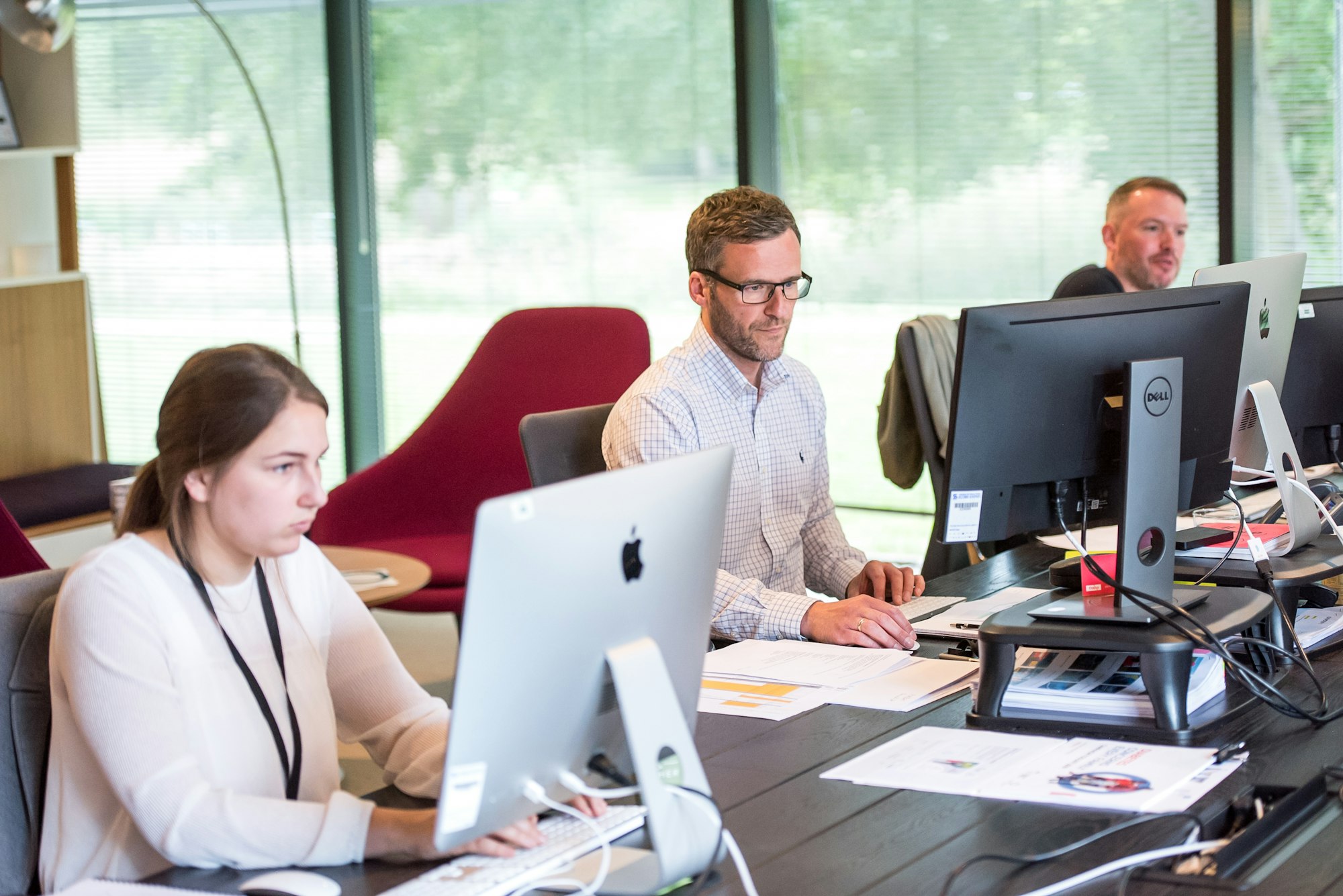Strategies for Promoting Your KE and Research Project

As a researcher and/or knowledge exchange practitioner, your work plays a vital role in advancing critical knowledge that can impact the world in many amazing ways.
But with millions of scientific articles published each year and case studies being created, it's becoming more challenging to make your accomplishments stand out.
One effective way to ensure your knowledge exchange and research projects get seen is through media coverage.
There are heaps of benefits to this, including:
- Helping to bridge the gap between researchers and the general public by translating complex scientific language into understandable and relatable terms.
- Enabling your work to reach a broader and more diverse audience.
- Helping to increase interest in the topic, generate discussion, and potentially attract funding for further research.
- Facilitating collaboration between researchers and other stakeholders, such as policymakers and industry experts.
- Identifying gaps in their research or areas that require further investigation by providing feedback from the audience.
If you’re ready to share your knowledge exchange and research plans/projects, here are some tips to help maximise reach and success.
Alerting your university’s press office ahead of publication

First and foremost, you’ll need to keep your university in the loop when it comes to your KE and research projects - and this should be well before you push it into the public domain. This will give the press office plenty of time to support you in obtaining media coverage.
Once you have notified them of your work, the press office will typically follow a process which first considers the research and its likely media interest, and they will then work on approaching appropriate media outlets in advance.
Making the team aware of your project well before the publication date gives the team more time to promote, and thus it’s more likely they will find effective coverage. Not only this, but journalists are often less interested in work announcements that are already published. So, there are perks to being organised!
There are also various tactics used to promote research to the media, but the most common two are press releases and pitches. We'll go more into this below:
Writing a press release for your knowledge exchange and research

A press release can be defined as:
“a communication, announcing a story to the public which is deliberately sent to journalists or media publishers in the hope they will publish the news contained in them.” (BBC)
Your university press office can help you to turn your project into an engaging and accessible story that is likely to be more appealing to both journalists and their audiences.
Take a look at the below example of turning a scientific research paper title into an eye-catching article title from Science Daily.

When writing a press release, it’s important to keep things nice and simple.
After all, journalists are incredibly busy so getting straight to the point is vital. KEVRI Co-Founder Emily, a former Educational Journalist, offers the following advice:
''While promoting your knowledge exchange project, collaboration or plans, keep it simple. Not everyone speaks academic language or understands topic-specific terminology. Keep this in mind when you write a press release, pitch your ideas or communicate with third-party partners.''
Writing and sending a pitch
A press release isn’t the only option for getting media coverage for your project. Sending a pitch might be more suitable in some cases. This typically involves writing a short proposal to an editor of a media outlet with something along the lines of:
“[Your name] has discovered [describe finding]. We would love to write an exclusive piece for [media outlet] for the attention of your readers”.
The benefit of this type of media coverage is that it offers you more control since you’ll be the one writing it as opposed to a journalist. Though, of course, it will have to abide by the publication's chosen guidelines and will go through an editing process.
There may also be events or trends happening in the world that you could piggyback onto, offering an expert opinion that can link back to your project somehow. This is a great way to indirectly promote your work whilst contributing to popular topics.
Other ways to spread the word about your research

In today's digital age, you have a plethora of options to promote your work beyond traditional media channels.
While traditional media outlets such as newspapers, journals, and magazines have long been the primary source of visibility for practitioners and researchers, they can often be difficult to access and reach a limited audience.
However, with the rise of social media and online platforms, you have incredible opportunities to engage with a wider audience and promote their work through a variety of alternative channels. This includes:
1. Social media marketing
Sharing your research on social media is potentially the lowest effort, and most impactful way to promote your work. You can post your research into groups with engaged audiences, and widen its reach through hashtags and tagging accounts.
2. Blogs
You can write blogs, either on your own website or through guest posts to summarise your research, provide insights into your methodology and results, and offer commentary on current events or issues related to your field.
3. Podcasts
Podcasts are a rapidly growing medium. It’s also a fantastic medium to promote your projects! Many practitioners and researchers like you are speaking as guests on industry podcasts or even hosting their own in order to offer expert insights and spread their findings.
4. Webinars
Another way to drive attention to your project is through webinars. Some publishers actually run webinars to help researchers raise their profile, so be sure to reach out and ask them about any opportunities.
Or you could host your own event where you present your findings, offer insights, and host a live Q&A.
Overall, media coverage, whether it’s through traditional means or more modern platforms, is an essential tool that can support your research by promoting visibility, credibility, collaboration, and continuous improvement.
Most importantly, it helps to drive as much impact as possible — which of course, is the main objective of any knowledge exchange and research project.



